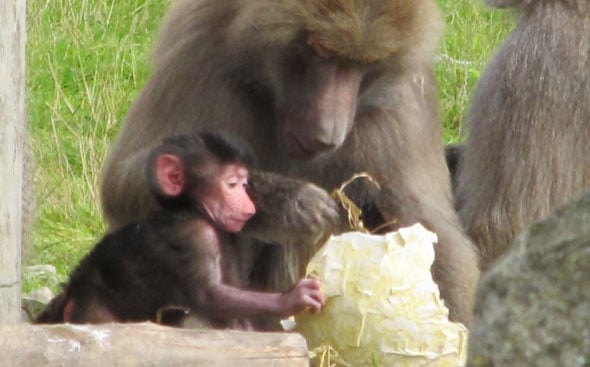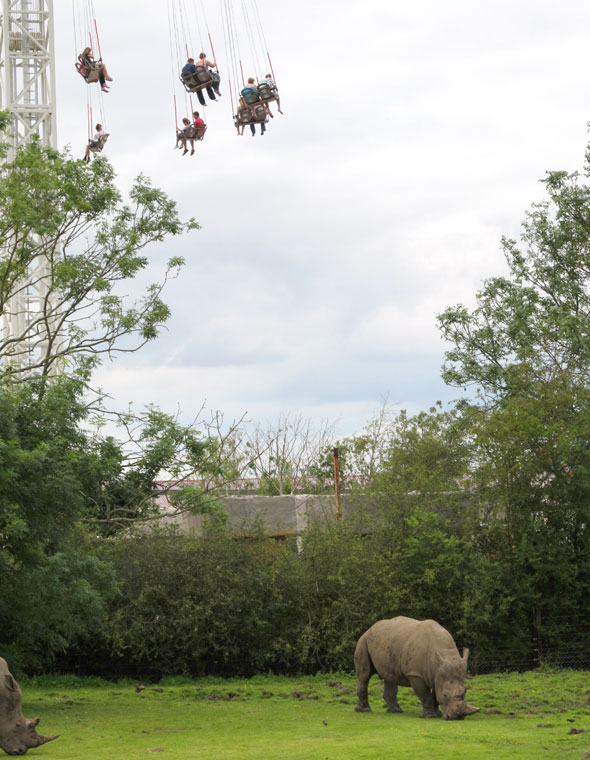
A Look Back At Summer 2012
The summer seems to have passed in the blink of an eye and now, with schools reopening next week, it’s an ideal time to reflect on the last few months. So, how’s the North Yorkshire summer treated us this year? Well, in between the rain, blue skies prevailed, bringing glorious sunshine and temperatures in the high twenties!
The animals have been moving in and out with the changing weather. The ducks loved the rain, as did the hippos, who were delighted to roll around in the resulting mud! However, the rhinos and giraffes proved themselves once again to be dedicated sun worshippers.
Our zookeepers saw the birth of a camel calf and two Humboldt penguin chicks, plus two ring-tailed lemurs who are already fantastic climbers…


















